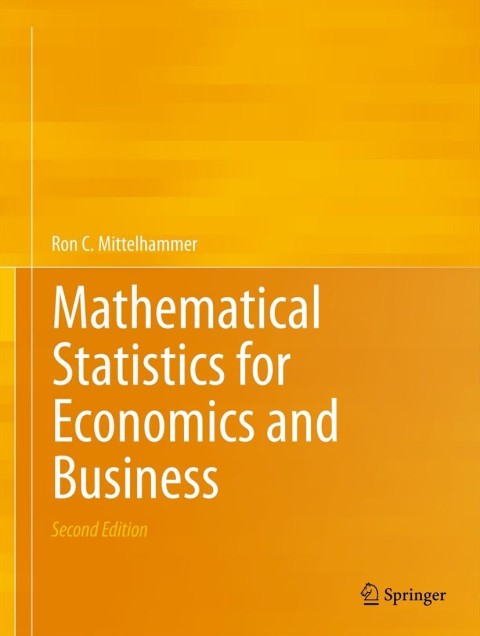A fruit processing firm is introducing a new fruit drink, Peach Passion, into the domestic market. The
Question:
A fruit processing firm is introducing a new fruit drink, "Peach Passion," into the domestic market. The firm faces uncertain output prices in the initial marketing period and intends to make a short-run decision by choosing the level of production that maximize the expected value of utility:
\(\mathrm{E}(U(\pi))=\mathrm{E}(\pi)-\alpha \operatorname{var}(\pi)\).
Profit is defined by \(\pi=P q-C(q), p\) is the price received for a unit of Peach Passion, \(U\) is utility, the cost function is defined by \(c(q)=.5 q^{2}, \alpha \geq 0\) is a risk aversion parameter, and the probability density function of the uncertain output price is given by \(f(p)=.048\left(5 p-p^{2}ight) I_{[0,5]}(p)\).
(a) If the firm were risk neutral, i.e., \(\alpha=0\), find the level of production that maximizes expected utility.
(b) Now consider the case where the firm is risk averse, i.e., \(\alpha>0\). Graph the relationship between the optimal level of output and the level of risk aversion (i.e., the level of \(\alpha\) ). How large does \(\alpha\) have to be for optimal \(q=1\) ?
(c) Assume that \(\alpha=1\). Suppose that the Dept. of Agriculture were to guarantee a price to the firm. What guaranteed price would induce the firm to produce the same level of output as in the case where price was uncertain?
Step by Step Answer:

Mathematical Statistics For Economics And Business
ISBN: 9781461450221
2nd Edition
Authors: Ron C.Mittelhammer




